The Flavian Amphitheatre (The Colosseum)
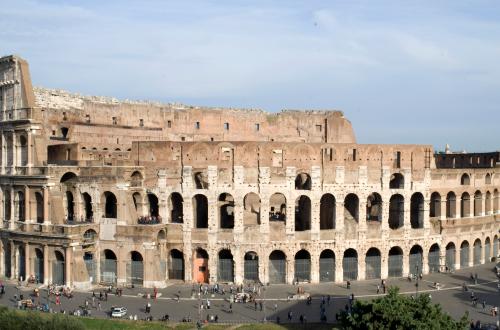
 Condividi
Condividi
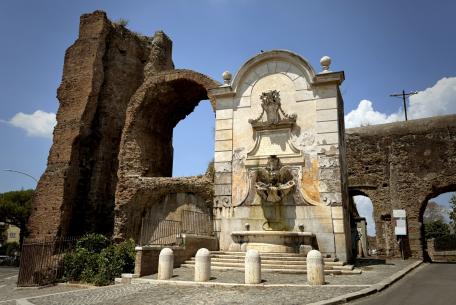
Located next to the Arch of Porta Furba, between the Felix Aqueduct and the Via Tuscolana, the Fountain of Clement XII, although little kn
[...]
As the plaque above it proclaims, the small marble fountain was built by an unknown artist in 1774, at the time of Pope Clement XIV, on the occasion of the restora
[...]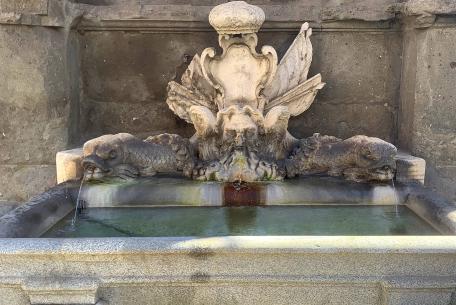
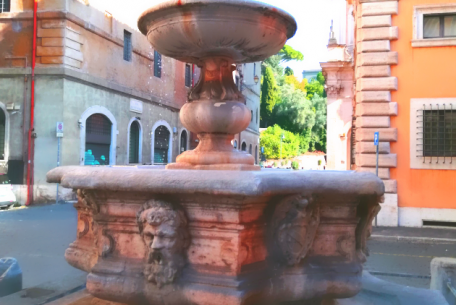
Designed by Giacomo Della Porta in 1589 and built by Pompilio De Benedetti, the fountain consists of an octagonal travertine base on which rests a cup with the same shape.
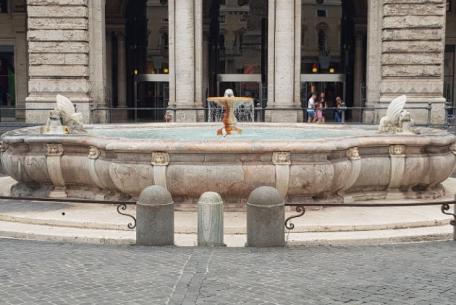
This fountain was designed by Giacomo Della Porta and built by the sculptor Rocco Rossi from Fiesole in 1575 and completed in 1577.
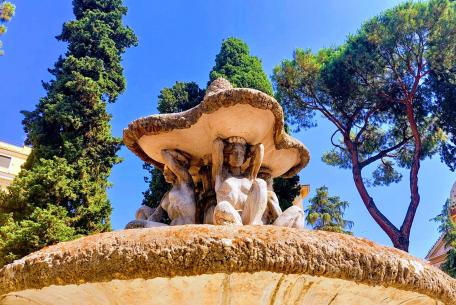
In 1924, a competition was launched to build 5 fountains in newly built neighborhoods.
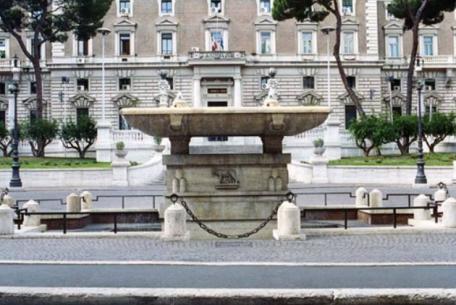
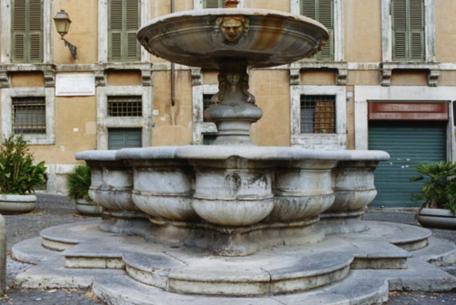
In 1587, under the pontificate of Pope Sixtus V, the restoration and reparation of the ancient Alexandrian Aqueduct were completed.
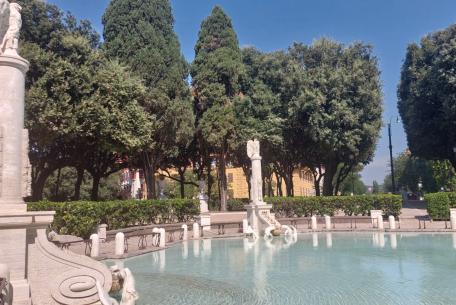
On the occasion of the arrangement of the central part of Piazza Mazzini, the architect Raffaele De Vico realised the large fountain - inspired by an ancient nymphaeum
[...]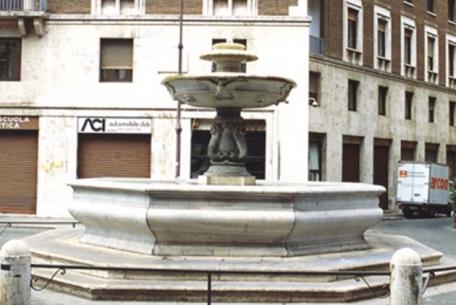
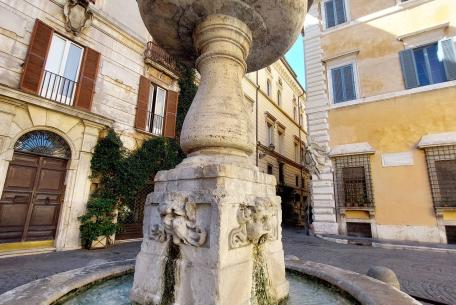
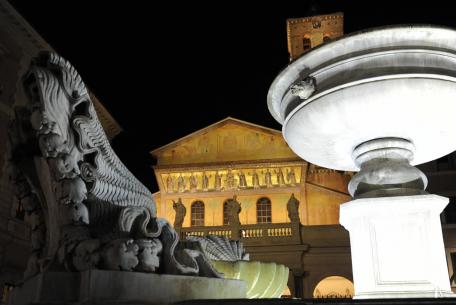
This is one of the most ancient monumental fountains in Rome, already documented in a map of Rome made by Pietro del Massaio in 1471, and for a long time it was also the only publi
[...]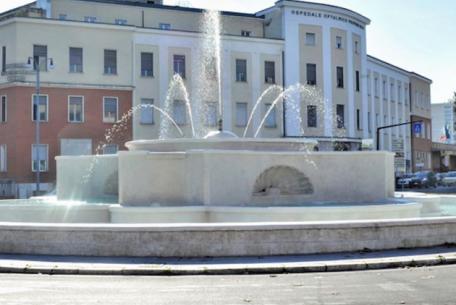
Built in 1949 in view of the Holy Year of 1950 as an exhibition of the waters of the Peschiera aqueduct - which has its own natural springs near Cittaducale (Rieti
[...]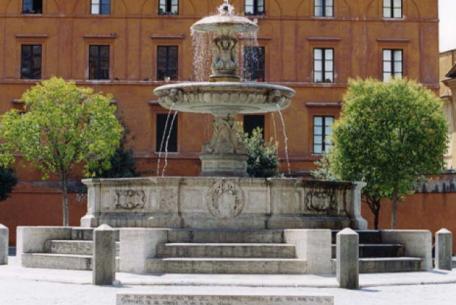
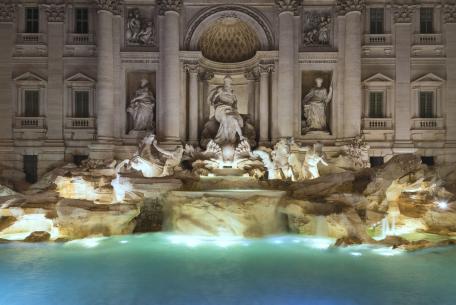
The most famous of the Roman fountains: a jewel of water and stone
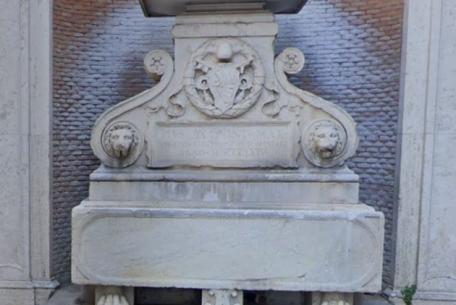
This fountain was originally placed in a wash-house facing the basilica di San Clemente. It was designed in 1864 by Virgilio Vespignani under pope Pious the Ninth Mastai Ferretti (1846-1878).
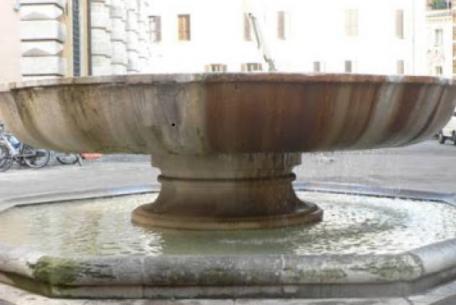
The fountain, formed by a large basin in Egyptian granite from Assuan, rests on a Carrara marble base in the centre of a large peperino basin.
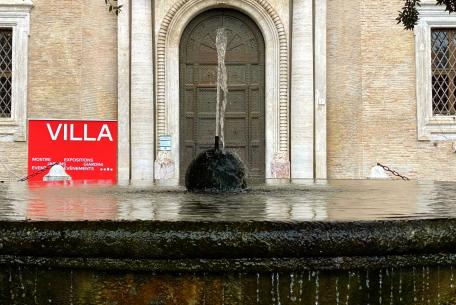
Opposite the Accademia di Francia in Villa Medici, near one of the numerous fascinatin
[...]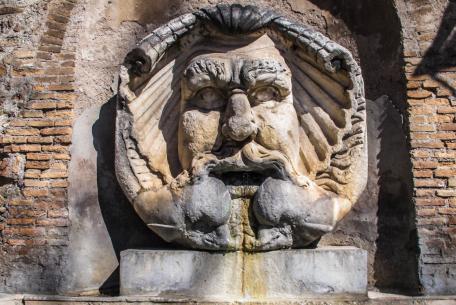
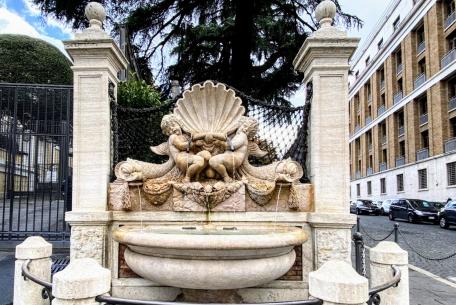
In the Rione Ludovisi, on the corner between Via Leonida Bissolati, Via Sallustiana and Via Friu
[...]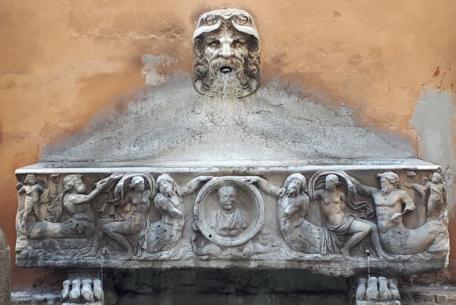
When Prince Don Marino Torlonia bought the current Nuñez-Torlonia palace, built in 1660 by Giovanni Antonio De Rossi for the Marquis Francesco Nuñez-Sanchez, he restored it and added a fountain
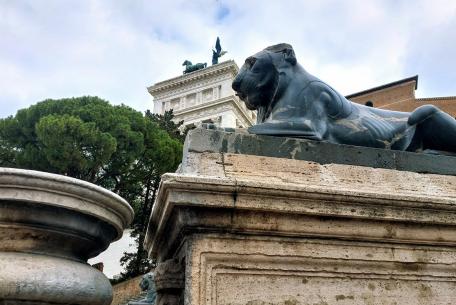
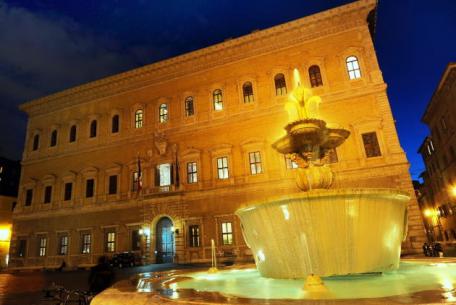
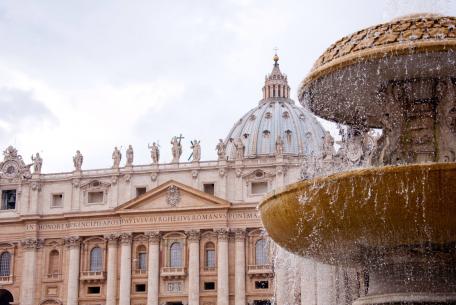
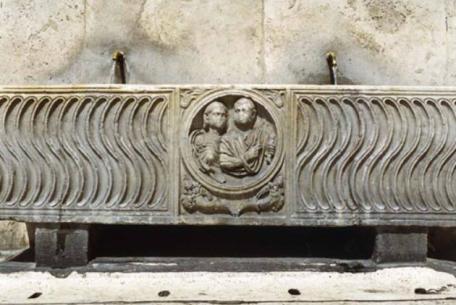
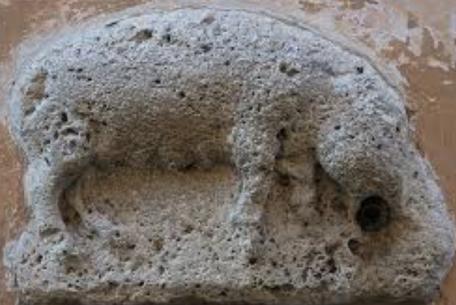
The small marble sow that gives the street its name, perhaps the fragment of an ancient bas-relief, is documented since 1445 as applied to the wall of the former convent of Sant’Agostino
[...]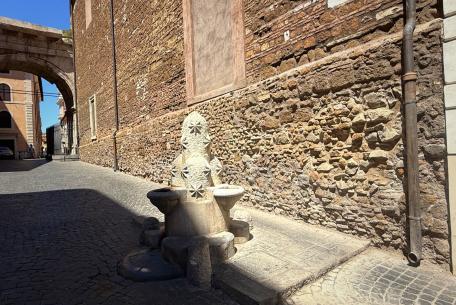
This small district fountain by P. Lombardi (1927) is placed in the surroundings of the Arch of Gallienus, the ancient Porta Esquilina in the Servian Walls.
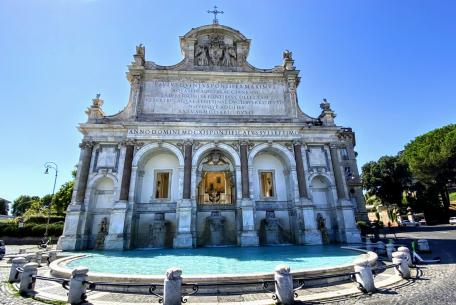
Designed and built to mark the terminus of the Trajan Aqueduct, between 1610 and 1614, by architects Giovanni Fontana (1540-1614) and Flaminio Ponzio
[...]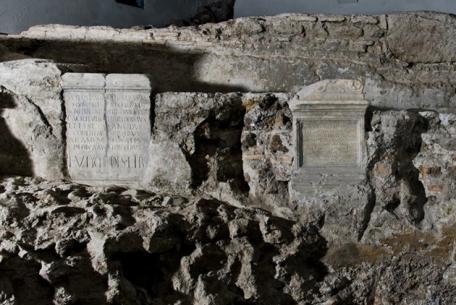
The Fountain of Anna Perenna was found in 1999 while conducting excavations for an underground car park at the corner of piazza Euclide and via G.
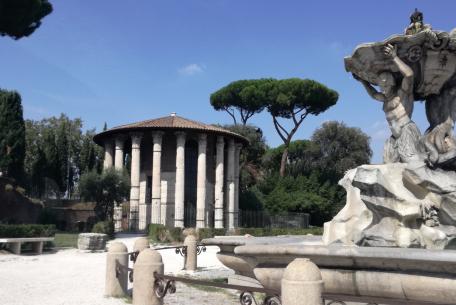
The Forum Boarium was the space given over to the cattle market and was situated between the Tiber
[...]
 Condividi
Condividi
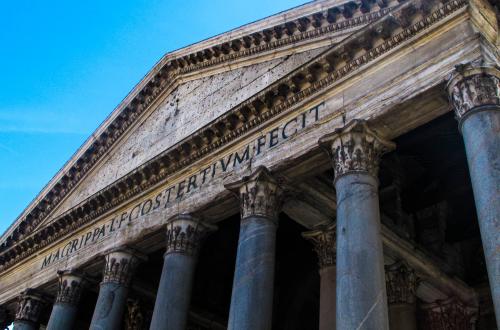
 Condividi
Condividi
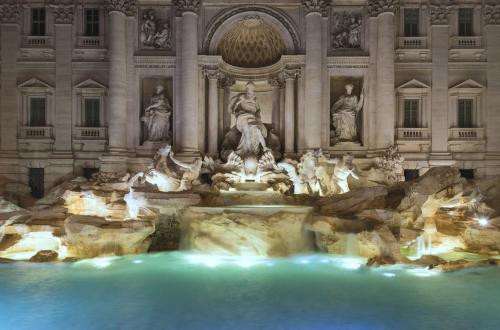
 Condividi
Condividi
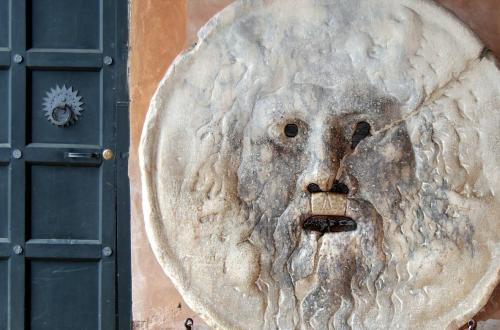
 Condividi
Condividi
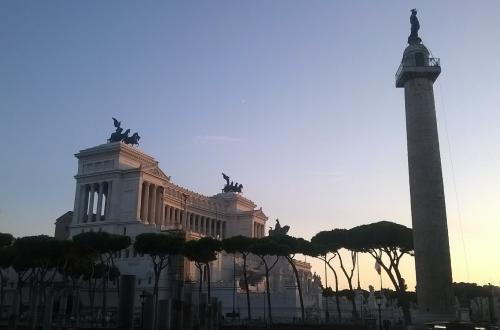
 Condividi
Condividi
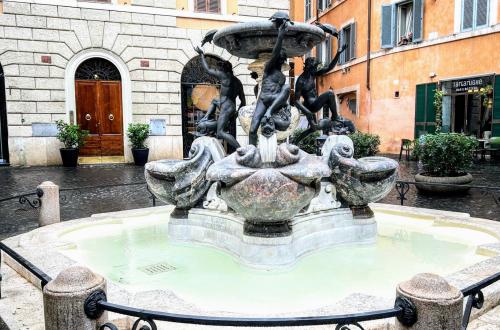
 Condividi
Condividi
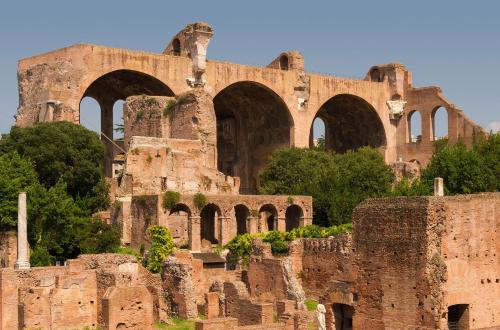
 Condividi
Condividi